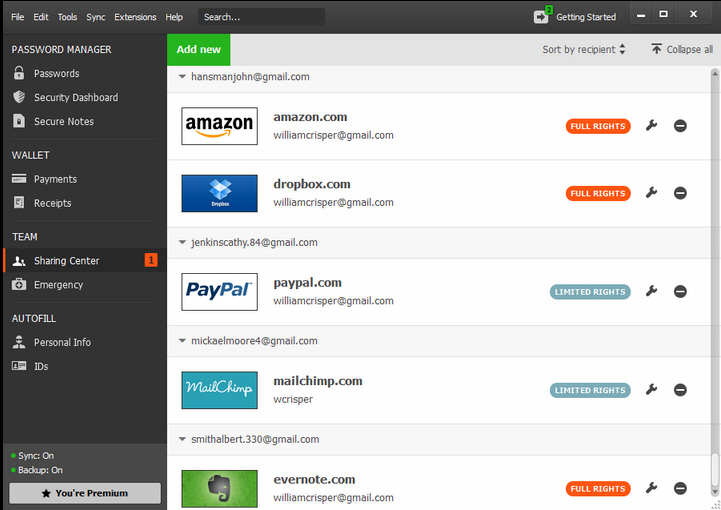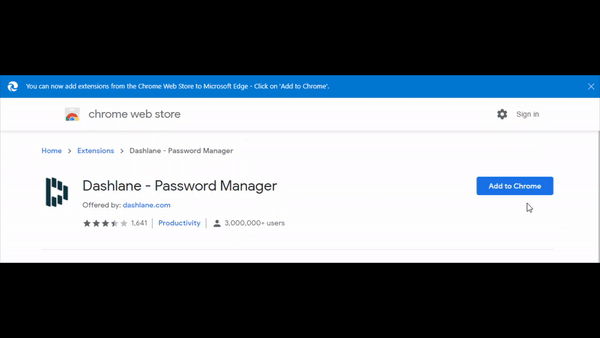


Before you grant permission, evaluate the risks and determine whether or not you should grant the respective permissions required by the extension. These risk levels are subjective to each user. On the other hand, a medium alert risk requests access to all your data on visited websites, while a high alert risk can access all your data, both online and offline. The permission required for extensions is of low alert risk if it only requires access to organize other extensions, themes, and apps. Permissions can have a low, medium, or high alert risk level. Understand the risk of granted permissions: Whenever you install an extension, you have to grant certain permissions to access your data in order for it to work.If you encounter an extension that hasn't been updated in over a year, it's advisable to search for a more reliable alternative. However, outdated extensions aren’t equipped with the latest security patches, making them vulnerable to cyber threats. Make sure the extension is up to date: If the developer is actively maintaining and improving the extension, it's a good sign of its ongoing security and functionality.Remember, not all reviews are trustworthy, so watch out for fake or unhelpful ones. If the extension has multiple negative reviews in the Chrome Web Store, try finding a similar version with better ratings. See what others have to say about their experiences with the extension.

Check user reviews: Check user reviews to find dangerous extensions.This will give you an idea of their experience and reliability. You can also look for additional extensions made by the same developer. If the website doesn’t have an HTTPS connection or you notice other suspicious elements like a vague privacy policy, it’s best to avoid installing that extension. Verify the developer’s legitimacy: To determine the safety of an extension, look for a professional developer with a public profile or website.


 0 kommentar(er)
0 kommentar(er)
